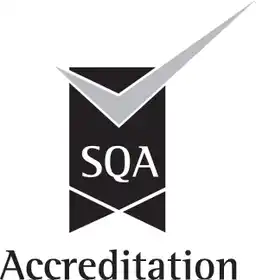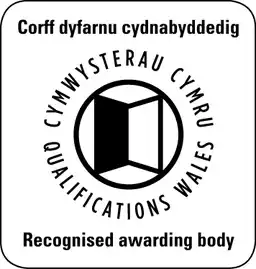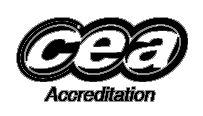EAL Level 2 NVQ Certificate in Warehousing and Storage
The EAL Level 2 NVQ Certificate in Warehousing and Storage qualification is made up of a number of units of competence, which EAL has derived from the National Occupational Standards (NOS), which set out the collective performance, skills requirements and underpinning knowledge requirements. EAL provides documents which allow both the learners and the assessor to record the progress through the qualification. The units contain the performance to be assessed, the knowledge to be assessed and the evidence required from the learner to demonstrate their skills.
This NVQ qualification is gained when all the necessary units have been achieved.
The centre will then be able to apply for the learner’s NVQ certificate of achievement.
The learner will also receive a certificate of unit credit, listing all the units they have completed, which can be used as accredited prior learning to complete a qualification.
Wales: Level 2 apprenticeship framework - Warehousing and Storage - non statutory - FR04427 (Logistic and Warehousing)
The minimum age for registration is 16.
Overview:
Learners involved in the movement and storage of goods can use this qualification to demonstrate the skills and knowledge needed for various logistics activities. Learners take two mandatory units covering health, safety, security and effective working relationships. Further credit comes from a wide range of optional units, covering activities including picking, processing, assembling and dispatching orders, and moving and handling goods and equipment.
Qualification pre-requisites:
There are no formal entry requirements for this qualification although Centres should ensure that the learners have the potential to achieve the units selected within this qualification. Learners must be at least 16 years of age and have the minimum levels of literacy and numeracy to comply with the health and safety aspects of the scheme, the completion of the learning outcomes and any assessment requirements.
Who is this qualification for?:
New or existing workers, particularly those with basic experience or understanding of the logistics industry.
How is this qualification assessed and delivered?:
Assessment will be carried out in the workplace (unless otherwise specified) via observation and the collation of evidence in a portfolio. This is a competence based qualification and the evidence put forward by the learner can only be regarded as valid, reliable, sufficient and authentic if demonstrated in a real working environment, where work activities or work outcomes assessed are from the learner.
Relevant links
Apprenticeships: Apprenticeship Framework
Deliver EAL qualifications
As an approved centre, you can deliver recognised EAL qualifications to your learners, and receive ongoing support from our team.
Leave your feedback on EAL qualifications
We are always happy to understand how our qualifications work for you. If you have any feedback, please forward it to us.
Subscribe to our free newsletter
Get the latest news about EAL’s qualifications, assessments and skills solutions, plus important centre service and support updates.
Your work email*




